OSB or OSB sheet is a chipboard glued with a special polymer. Made from high quality material. The sheet is formed from synthetic resins under the influence of high temperature and pressure. The material has a high level of strength.
Varieties of OSB boards
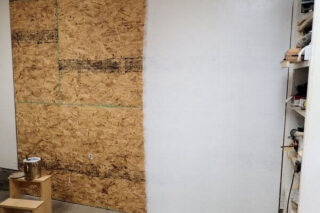
The choice of the type depends on the area of use. OSB can have various surface finishes and sheet edges.
It is customary to distinguish between the following categories:
- Unpolished. Untreated material with a roughened coating that provides a high level of adhesion to bituminous coatings. The panels serve as an excellent base for bituminous primers and roofing materials. Plates are used to form a solid type of roof sheathing with any area indicator.
- Sanded. Are subjected to mechanical processing. They are used for the construction of structures with rigid thickness indicators.
- Lacquered. One side of the sheets is varnished with a liquid or pasty consistency. It is applied by means of roller installations or machines. This method makes it possible to obtain a monochromatic transparent or patterned embossed coating. A pre-primer or putty reduces the consumption of varnish and allows painting in accordance with the decorative task.
- Laminated. The method involves the application of paper impregnated with an adhesive to OSB. As a rule, melamine-containing resins are used, which, when hot pressed, firmly adhere to the surface and harden to a thermosetting polymer. The excess emulsion is distributed over the panel using rolling press sheets. As a result, the outer layer becomes smooth or embossed.
The edge of the OSB can be straight or curly. Panels with the first type of processing are used in construction or packaging production. Groove-toothed end plates are used for facing large planes. The material provides a high level of thermal insulation. Suitable for interior work. Differs in tight joining when connected to adjacent sheets.
General characteristics of slabs

Materials with specific markers are suitable for each specific purpose. The installation technique depends on the structure of the product.
Among the main characteristics should be highlighted:
- Density. The indicator can vary from 640 to 700 kg / m³.
- Fire resistance level. Raised marker.
G4 assumes the processing of plates with fire-resistant solutions. - Coloration. Often these panels are coated with various types of varnish.
- Manufacturability. Material susceptibility to sawing, cutting, grinding and uniform assembly.
- Swelling. The indicator ranges from 10 to 22%.
- The ability to hold fasteners. The fibrous texture provides a firm hold even on the outer edge of the sheet. Fastening with self-tapping screws, nails and staples is allowed.
One of the controversial points is the toxicity of the material. The binding agents are melamine-formaldehyde, urea-formaldehyde and phenol-formaldehyde resins.When exposed to high temperatures, they release formaldehyde. But the level of emission of toxic substances is low, since the content of glue and resins does not exceed 3%.
Paint selection rules
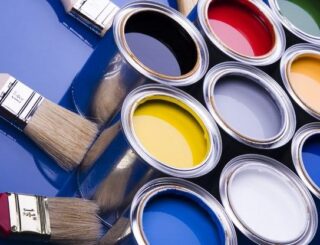
OSB paint, intended for outdoor use, should perform the function of protection and decoration. There is a wide range of colors on the market. When choosing the type of coating, wood markers should be taken into account.
With constant contact with water, the material undergoes deformation. A high humidity coefficient provokes the multiplication of bacteria and microorganisms. Therefore, OSB paint should not include a water base.
The characterization of the material should include an indicator of resistance to UV rays and moisture. The marker depends on the composition of the base.
Water-dispersed group
It is recommended to paint the OSB board inside the house with acrylic paint. It gives the coating useful properties. The composition includes resins and polyurethane. A distinctive feature is the use of water as a solvent. Thanks to this, this type of coating has gained wide popularity for interior and exterior work.
Acrylic paints for wood are opaque and form a strong film after drying. To achieve various effects, plasticizers are mixed into the base. The coating can be matte, semi-matte and glossy.
The material has a long service life. The paint is easy to apply, resistant to various weather conditions. The wide range of colors provided by the colors is an undoubted advantage.
Alkyd enamels
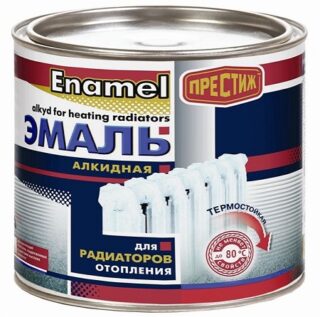
When dry, they provide a durable protective film against moisture. The texture of the paint is not disturbed by ultraviolet rays and low temperatures. The base of the paint is alkyd resins. The synthetic substance is obtained after processing plant-based oils with organic acids at high temperatures.
The main advantage of the material is its affordable price category, frost resistance (up to -30 degrees). Drying time is 10 hours. Of the minuses, a high level of flammability and a pungent odor should be noted.
Oil paints
Unsuitable for coating surfaces in high humidity conditions. Apply in at least two coats. On the market, this type of coating is not very popular due to the existing disadvantages. The paint is toxic, short-lived, leaves drips. It fades when exposed to sunlight.
Latex paints
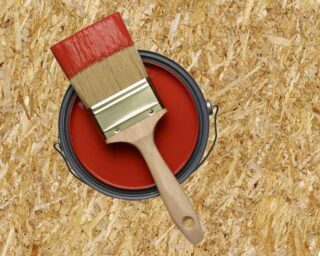
You can cover the OSB board inside the house with latex paint. This species is produced from rubber plants. A thickener, pigment and plasticizer are added to the base. Differs in excellent decorative properties. After removal of the solvent, a strong elastic film forms on the surface. The paint is resistant to moisture. Easily stretches in the presence of deformation of the base. Washable. It can be matte, semi-matte, glossy. To obtain a matte or glossy effect, a special solvent is added to the material.
Impregnation and varnish
Painting OSB boards inside the house with varnish does not violate the texture of their surface. Before using the impregnation, it is important to familiarize yourself with its characteristics and purpose. For example, metal coating is not suitable.
The advantages of staining OSB boards inside the house
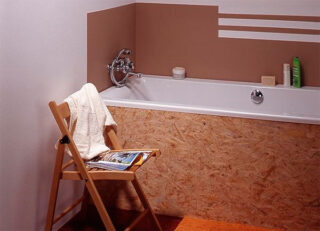
Internal cladding with OSB boards requires the correct choice of paint. Only in this case, the coating will last a long time and provide the interior with a beautiful look.
Coloring has the following advantages:
- Reduction of costs, effort and time when compared to conventional wall decoration.
- The ability to mask the texture if the material contains large chips.
- Water resistant. The surface is not deformed or saturated with moisture.
OSB staining is used only for interior decoration. Outside, the slabs are exposed to negative environmental influences. In this case, the material requires more durable protection. This rule must be adhered to by everyone who wants to paint OSB boards.
For internal work, at the final stage, the surface of the material should be varnished. In this case, the pigment will not fade, and the base itself will not deteriorate quickly.
Preparatory work
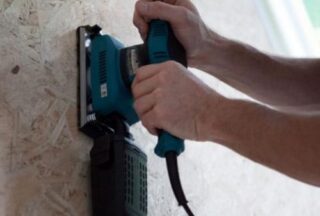
It is not difficult to paint the OSB slab inside the house. The process of doing the work is within the power of even beginners.
The technique includes the following preparatory steps:
- Grinding. The wooden surface should be sanded with sandpaper. The top protective layer on the board must be removed. In this way, an increase in the adhesion of enamel to a wooden surface is achieved.
- Sealing of seams. The texture should be smooth, free of cracks or chips. Nervousness should be sealed with a special composition based on oil and glue. Wood sealant can be used. After the area to be putty is completely dry, the board must be re-sanded. It is recommended to seal the seams with decorated strips.
- Primer. The layer should be distributed evenly over the entire area of the slab. The work is done with a wide brush.
When using slabs for wall and ceiling sheathing, it is recommended to carry out the preparatory stage before attaching to the lathing. This is because some decorating methods require multiple cleanings and stains.
DIY staining technology
OSB panels inside the house are painted in several layers. The amount depends on the intended effect. When applying the first layer, special attention is paid to the joints. On the seams, paint is smeared abundantly. After final drying, the coating is carried out a second time.
To hide the strokes of the previous layers, movements with a roller or brush are performed in a direction perpendicular to the movements of the previous staining.
The final stage is the application of varnish. This process is not required for alkyd paints. For the rest it is recommended.








